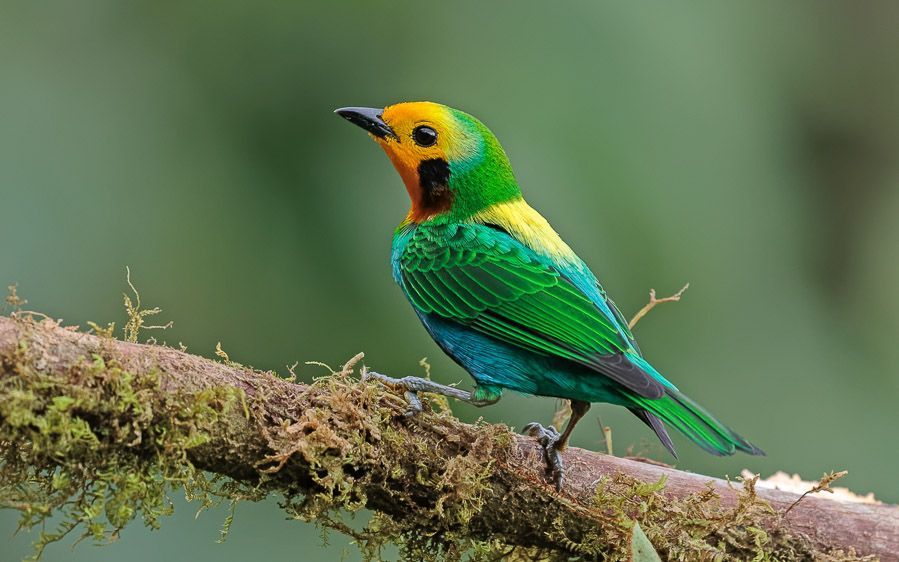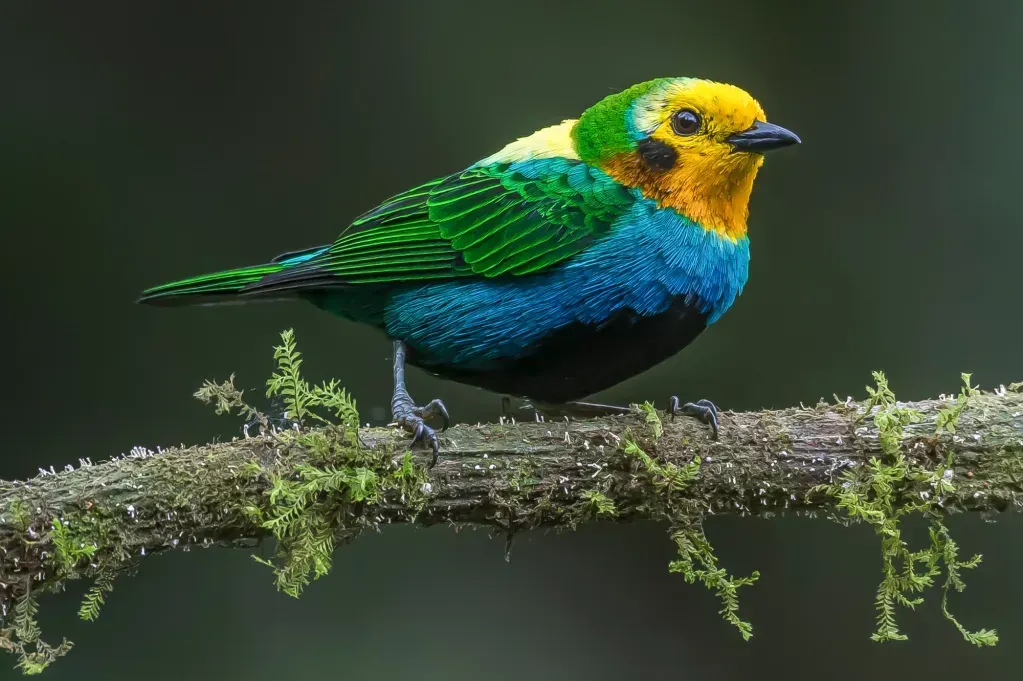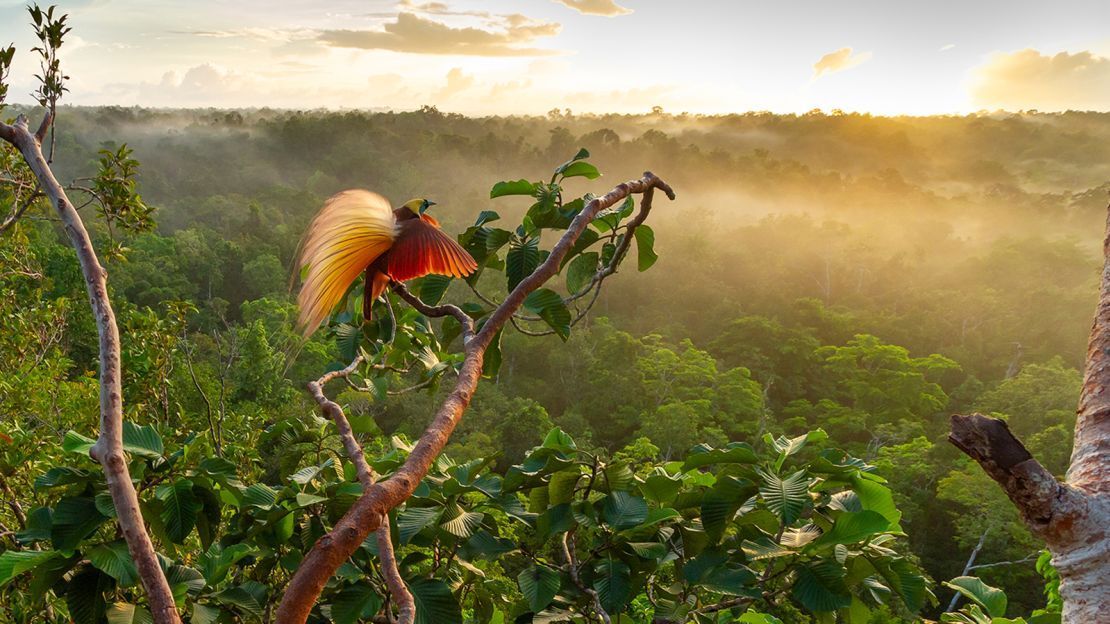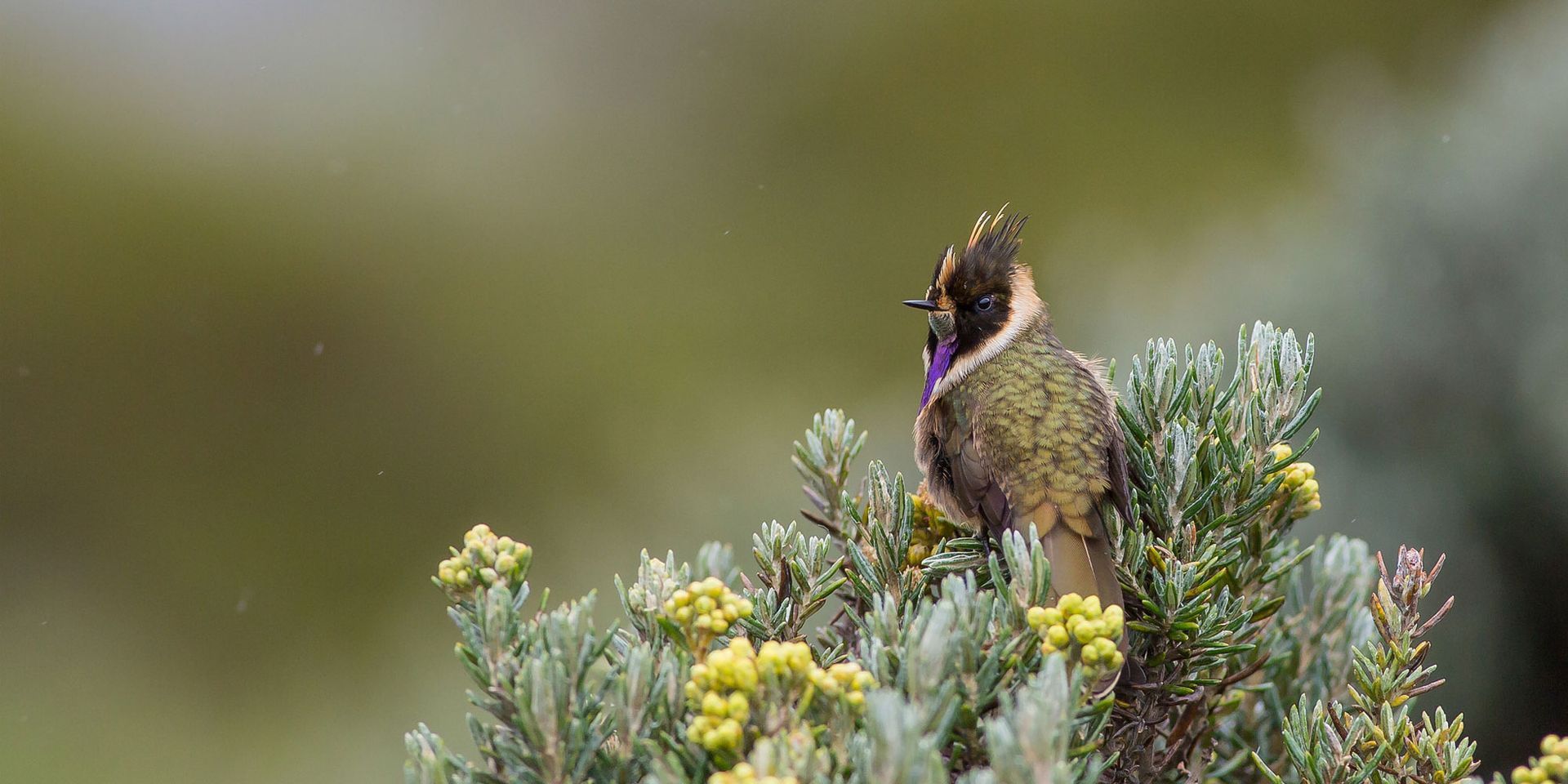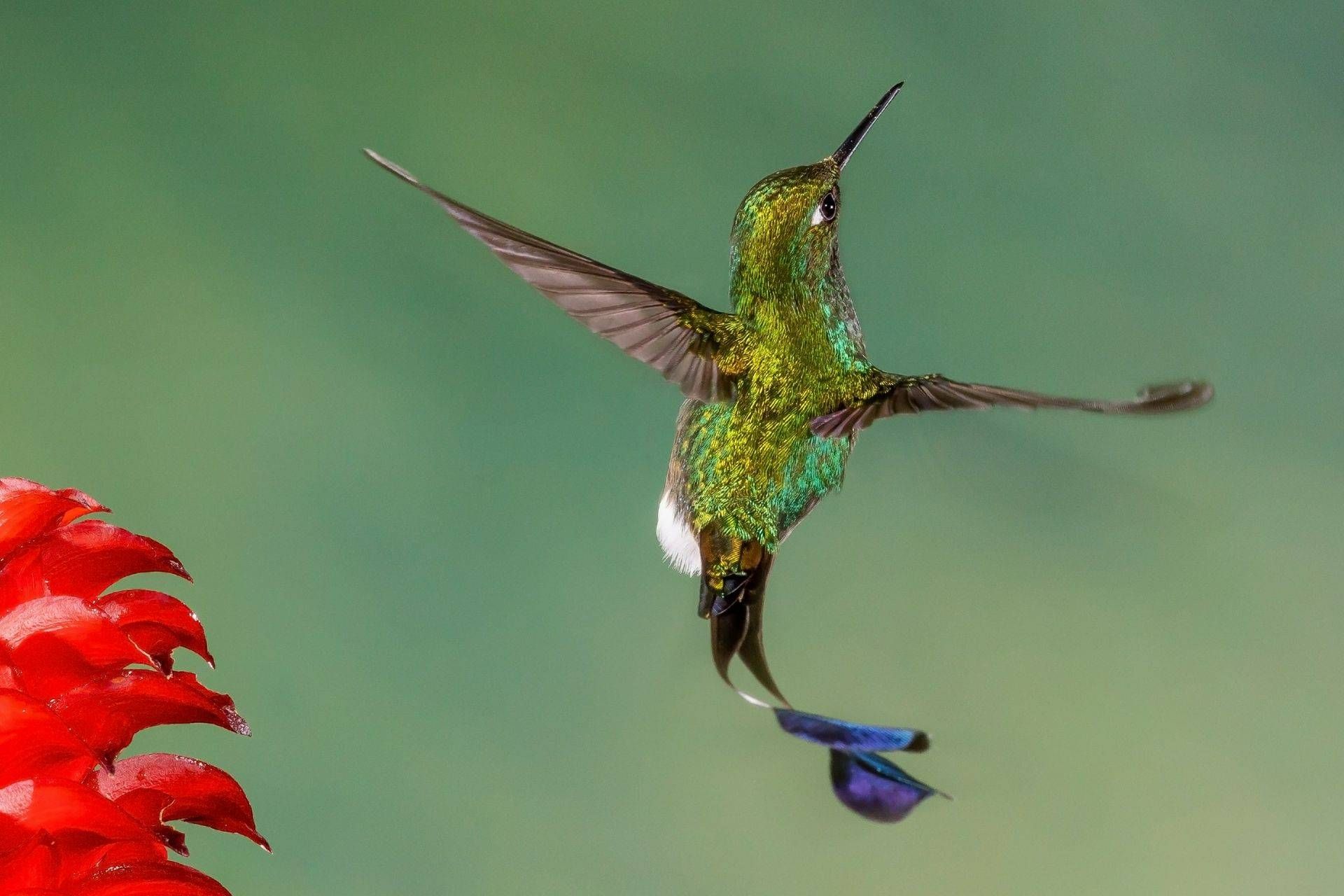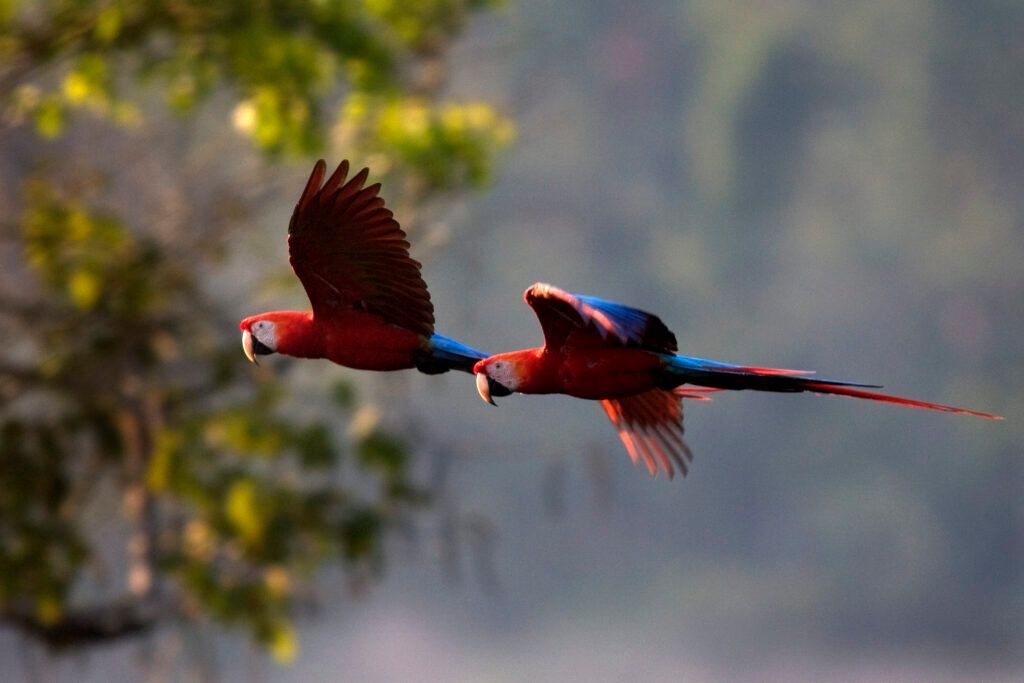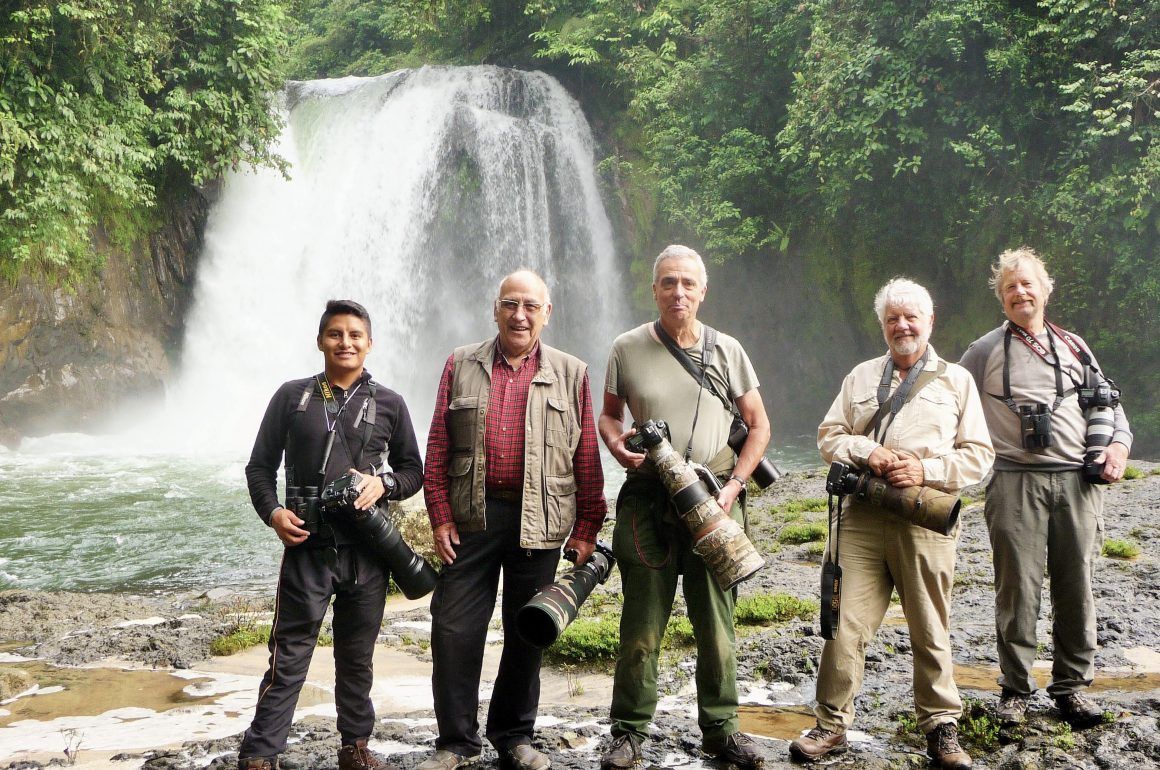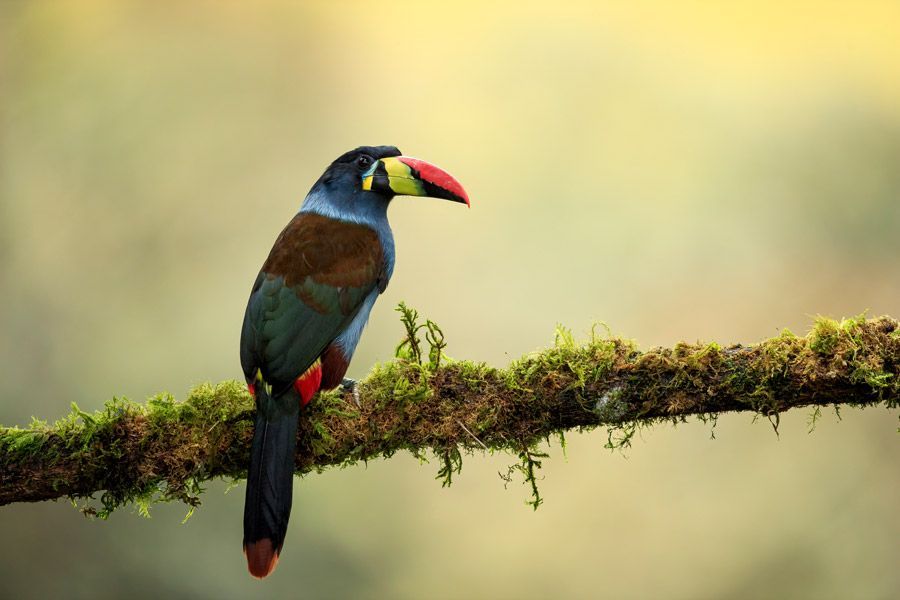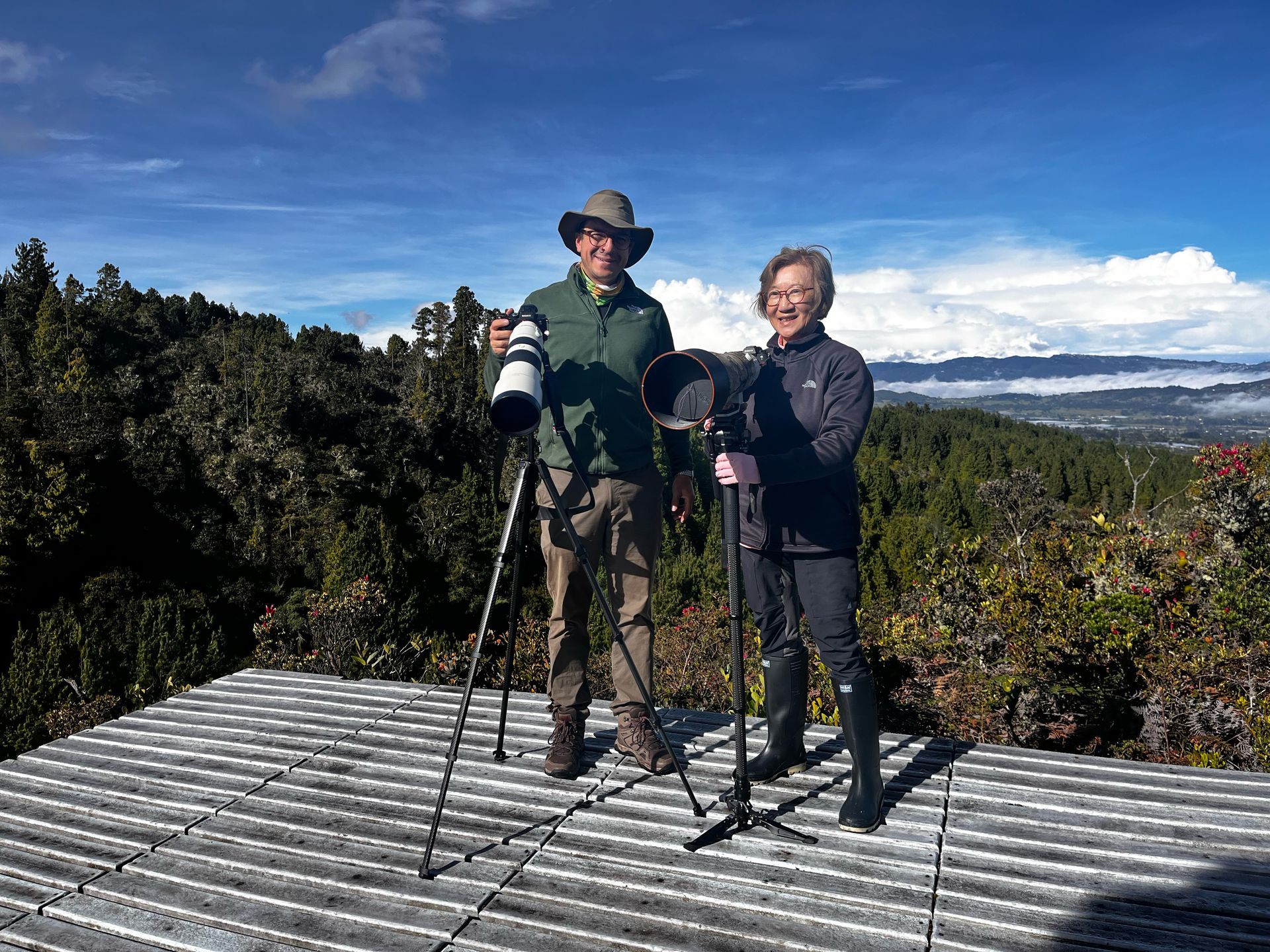Capture Vibrant Tropical Birds in Colombia, Ecuador, Peru, Panama, and Brazil
Capture Vibrant Tropical Birds in Colombia, Ecuador, Peru, Panama, and Brazil
South America is a dream destination for bird photographers and wildlife enthusiasts, boasting some of the most spectacular avian diversity in the world. Colombia, Ecuador, Peru, Panama, and Brazil are home to countless species, many of which are endemic or extremely rare. These countries provide extraordinary opportunities to capture vibrant tropical birds in their natural habitats. From dense rainforests and cloud forests to wetlands and highland plateaus, each region offers unique ecosystems, colors, and behaviors that make bird photography an unforgettable experience.
Colombia: A Paradise for Tropical Birds
Colombia is renowned as one of the most biodiverse countries on Earth, hosting more than 1,900 bird species. Its rainforests, highlands, and paramo ecosystems are home to some of the most vibrant tropical birds in South America. The Chocó region is a treasure trove of colorful species like the Black-and-gold Tanager, Chocó Toucan, and the Long-wattled Umbrellabird. Bird photographers often venture to the Tatamá National Natural Park and the Sierra Nevada de Santa Marta to capture the Andean Cock-of-the-rock and Golden-headed Quetzal, both known for their striking colors and intricate courtship displays. Colombia’s guides are experts in locating these species and understanding their seasonal behaviors, allowing photographers to witness feeding rituals, mating dances, and dramatic interactions among the birds.
The cloud forests in Colombia, particularly near Minca and Los Nevados, provide ideal conditions for photographing hummingbirds, tanagers, and trogons. Photographers can set up at early morning feeding stations or along forest trails to capture vivid plumage and dynamic movement. The diversity of habitats, from lowland rainforests to high-altitude paramos, ensures that every photographer has a chance to find unique species and compose visually stunning images.
Ecuador: Hummingbirds, Quetzals, and Cloud Forest Wonders
Despite its small size, Ecuador boasts incredible avian diversity, with over 1,600 species recorded. The Mindo cloud forests are particularly famous among bird photographers for their dazzling hummingbirds, including the Violet-tailed Sylph, Booted Racket-tail, and Sword-billed Hummingbird. The Bellavista Cloud Forest Reserve offers opportunities to photograph colorful tanagers, toucans, and the elusive Andean Cock-of-the-rock. Ecuador’s guides specialize in navigating the cloud forest terrain, helping photographers locate rare species and anticipate bird behaviors for the perfect shot.
Ecuador’s Amazonian region also provides incredible opportunities for capturing tropical birds. The Yasuni National Park is home to species like the Crimson-bellied Parakeet, Amazonian Umbrellabird, and Blue-headed Parrot. Photographers can explore riverbanks, flooded forests, and canopy platforms to photograph these birds in natural light conditions. Expert guides provide insights into the best vantage points and seasonal patterns, ensuring photographers maximize sightings and capture vibrant, high-quality images.
Peru: The Amazon and Andes for Tropical Bird Photography
Peru offers unparalleled opportunities to photograph tropical birds, from the dense Amazon Basin to the high Andes. Manu National Park and the Tambopata Reserve are two of the most famous destinations for bird photography in the country. Manu National Park is home to thousands of species, including the Harpy Eagle, Sunbittern, and Amazonian Motmot. Photographers often use canopy towers, forest trails, and riverboat excursions to locate rare species and capture dynamic behavior in their natural settings.
The Andean regions of Peru also offer unique tropical bird opportunities. High-altitude cloud forests and montane ecosystems host species such as the Andean Condor, Torrent Tyrannulet, and Peruvian Plantcutter. Photographers benefit from guides who understand both highland and lowland ecosystems, allowing them to plan itineraries that maximize sightings and offer diverse photographic compositions. Timing is critical, as many species display vivid plumage during the breeding season, providing striking subjects for vibrant and dramatic images.
Panama: Migratory Birds and Tropical Color
Panama’s strategic location between North and South America makes it a hotspot for both resident and migratory tropical birds. The Darién region, Soberanía National Park, and the highlands near Boquete provide photographers with opportunities to capture species such as the Resplendent Quetzal, Great Green Macaw, and Harpy Eagle. Panama is particularly renowned for its migratory warblers, tanagers, and hummingbirds, which add seasonal variety and color to a photographer’s portfolio.
Premier birding guides in Panama are adept at understanding seasonal patterns, helping photographers capture rare behaviors and vibrant plumage at the optimal time of day. Early morning excursions, canopy tours, and quiet observation points allow photographers to capture birds in natural poses, feeding, or interacting with their environment. Panama’s diverse habitats, ranging from lowland rainforests to cloud forests, ensure that photographers experience a rich variety of tropical bird life.
Brazil: Amazon, Pantanal, and Atlantic Forest Treasures
Brazil’s immense size and diverse habitats make it a premier destination for tropical bird photography. The Amazon Rainforest, Pantanal wetlands, and Atlantic Forest host some of the most colorful and rare species in the world. In the Pantanal, photographers can capture Jabiru Storks, Hyacinth Macaws, and the elusive Sungrebe. The Amazon Basin provides opportunities to photograph the Blue-throated Macaw, Scarlet Ibis, and Amazonian Umbrellabird. Brazil’s Atlantic Forest is home to endemic species such as the Golden-headed Manakin and the Red-billed Curassow.
Expert Brazilian guides are crucial for navigating these vast regions. They help photographers access remote locations, identify species by calls and behavior, and suggest optimal positions for lighting and background. Whether photographing macaws feeding in the canopy, wading birds in wetlands, or understory species in dense rainforest, skilled guides ensure photographers capture the full vibrancy of Brazil’s tropical avifauna.
Importance of Premier Guides in South America
Navigating South America’s diverse ecosystems requires expertise. Premier birding and photography guides provide crucial knowledge about bird locations, behavior, and ethical practices. They offer insights on the best times of day, the most effective camera settings, and positioning strategies to capture rare birds with vivid colors. Working with local guides also ensures safety in remote areas, providing photographers with confidence to explore rainforests, wetlands, and highlands.
Guides often arrange photography hides, feeding stations, or canopy platforms, allowing photographers to get close without disturbing the birds. Their understanding of seasonal patterns, such as breeding, migration, and feeding times, increases the chances of capturing action shots and natural behaviors. Ethical guidance ensures photographers maintain respect for wildlife and contribute positively to conservation efforts.
Seasonal Strategies for Vibrant Bird Photography
Seasonality plays a vital role in capturing tropical birds at their most vibrant. Many species exhibit peak coloration during mating seasons or specific months when food abundance enhances plumage brightness. Early mornings often provide the best light and activity, while certain cloud forest species are only visible during brief windows of daily activity. Experienced guides plan itineraries around these factors, maximizing the likelihood of photographing rare and colorful tropical birds.
In Colombia, the Andean Cock-of-the-rock’s lekking displays occur at dawn in select locations, providing dramatic photographic opportunities. In Ecuador, hummingbirds display iridescent feathers in the early morning sun, creating spectacular flashes of color for photographers. In Panama, migratory species pass through during specific months, and Brazil’s Amazonian canopy activity peaks during the dry season. Understanding these seasonal windows is essential for vibrant and impactful bird photography.
Equipment Recommendations for Tropical Birds
Capturing the brilliant colors of tropical birds requires specialized equipment. Long telephoto lenses, often 400mm or greater, are ideal for shy or canopy-dwelling species. Tripods, gimbal heads, and stabilization equipment help ensure sharp images, especially in low-light forest conditions. Guides often advise on camouflage, positioning, and optimal distances to prevent startling birds while allowing photographers to capture close-up details of feathers, beaks, and eyes. Filters, fast shutter speeds, and high ISO settings can enhance image quality when shooting in dense forests or early morning light.
Ethical Considerations in Bird Photography
Ethical bird photography is essential to preserve the natural behaviors and habitats of tropical birds. Guides educate photographers on maintaining distance, avoiding nests, and minimizing human impact. Respecting these principles ensures that birds remain undisturbed and continue to thrive in their ecosystems. Many guided tours also support local conservation efforts, providing photographers with opportunities to contribute to habitat protection and community awareness while capturing unforgettable images.
Region-Specific Highlights
Colombia’s Chocó and Tatamá regions are home to rare tanagers, toucans, and the Long-wattled Umbrellabird. Ecuador’s Mindo and Yasuni regions offer hummingbirds, quetzals, and toucans with vibrant plumage ideal for detailed photography. Peru’s Manu National Park provides canopy access for the Amazonian Motmot, Sunbittern, and Cock-of-the-rock. Panama’s Darién and highlands are famous for Resplendent Quetzals and Great Green Macaws, while Brazil’s Amazon, Pantanal, and Atlantic Forest provide an abundance of colorful macaws, manakins, and wading birds. Photographers working with premier guides can access these sites safely and efficiently, maximizing their chances of capturing rare and vibrant tropical birds.
Conclusion
Capturing vibrant tropical birds in Colombia, Ecuador, Peru, Panama, and Brazil is an unforgettable experience for photographers. Each country offers unique species, habitats, and photographic opportunities, from cloud forests to wetlands and Amazonian canopies. Premier birding and photography guides are essential for navigating these regions, understanding seasonal behaviors, and ensuring ethical and high-quality photographic experiences. With careful planning, specialized equipment, and expert guidance, photographers can create portfolios filled with rare, colorful, and breathtaking images of South America’s tropical birdlife.


